It was with a strange mix of emotions that I laid eyes upon the bizarre creature. Seconds earlier I had leapt from the bush-beaten door of the Vitara, eyes wide, trying in vain to stay calm and quiet while scrambling for my camera and mouthing obscenities. It was an animal I had always dreamt of seeing but never quite believed I would. I was watching an aardvark. And it was only our first day in Tswalu. But living your dreams comes at a cost.
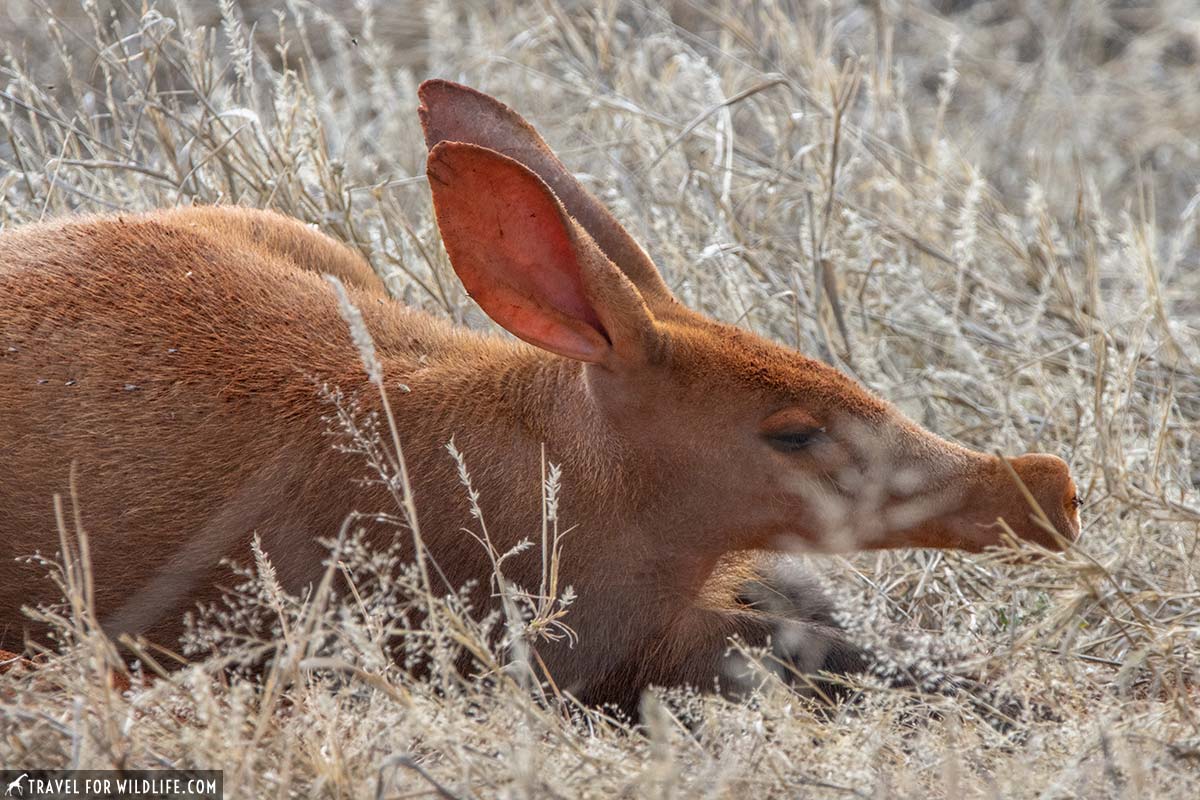
Tswalu is the largest private nature reserve in South Africa (114,000 ha) and is situated in my favorite African ecosystem, the Kalahari. It’s also one of the few places in the world where you can somewhat reliably see an aardvark in the wild. It’s no wonder I’ve been fantasizing about coming here for well over a decade. But how would I ever pull that off?
Most visitors come in through the front door as a guest to their incredibly luxurious lodge (with appropriately luxurious price tag) and experience an unparalleled safari experience. But considering my lifelong policy of avoiding employment this was unlikely to happen.
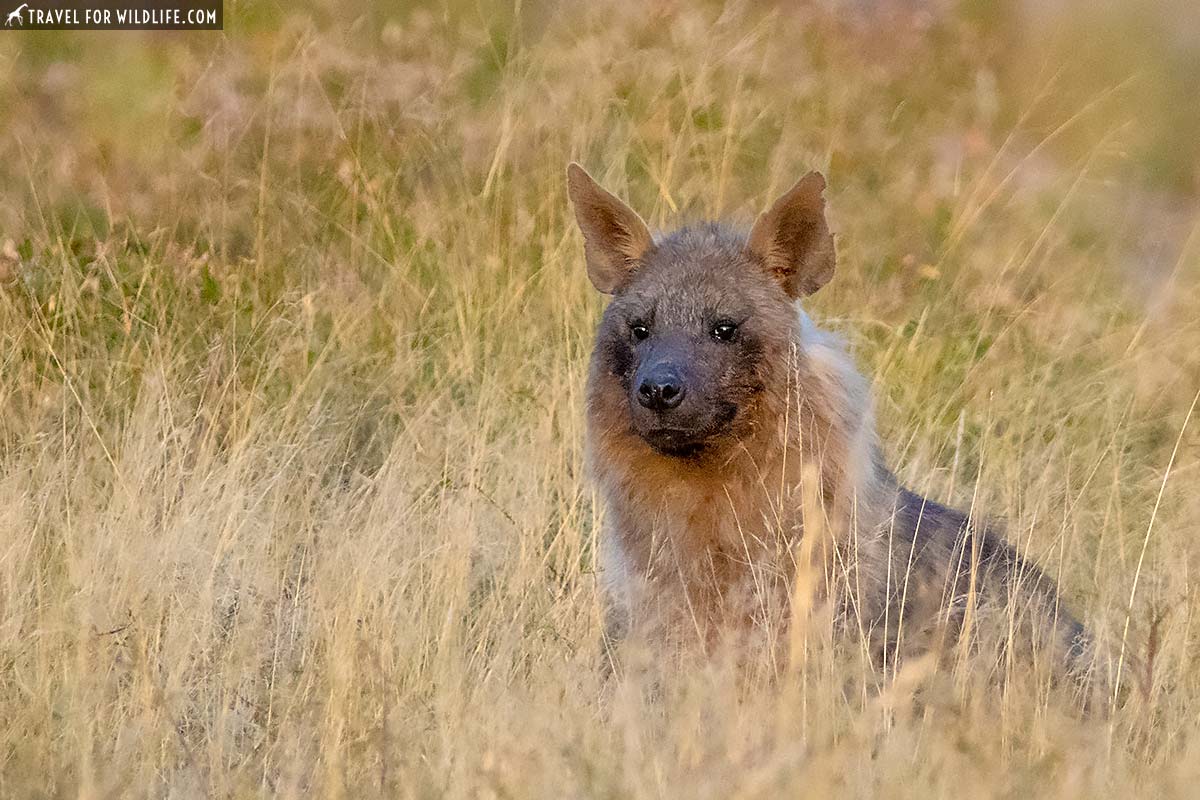
Instead, I chose the secret back entrance. Tswalu has a full-blown research camp on the property and houses scientists from around the world who study the Kalahari ecosystem. I developed a brilliantly simple plan.
All I had to do was convince a top notch university to accept a 50-year-old business school graduate into a biology master’s program, pay my tuition, leave my wife and cat behind in the US, travel to South Africa, rent a flat, attend challenging classes every day for seven months, and survive long enough to reach the Community Ecology module which would take me on a one-week field trip to Tswalu.
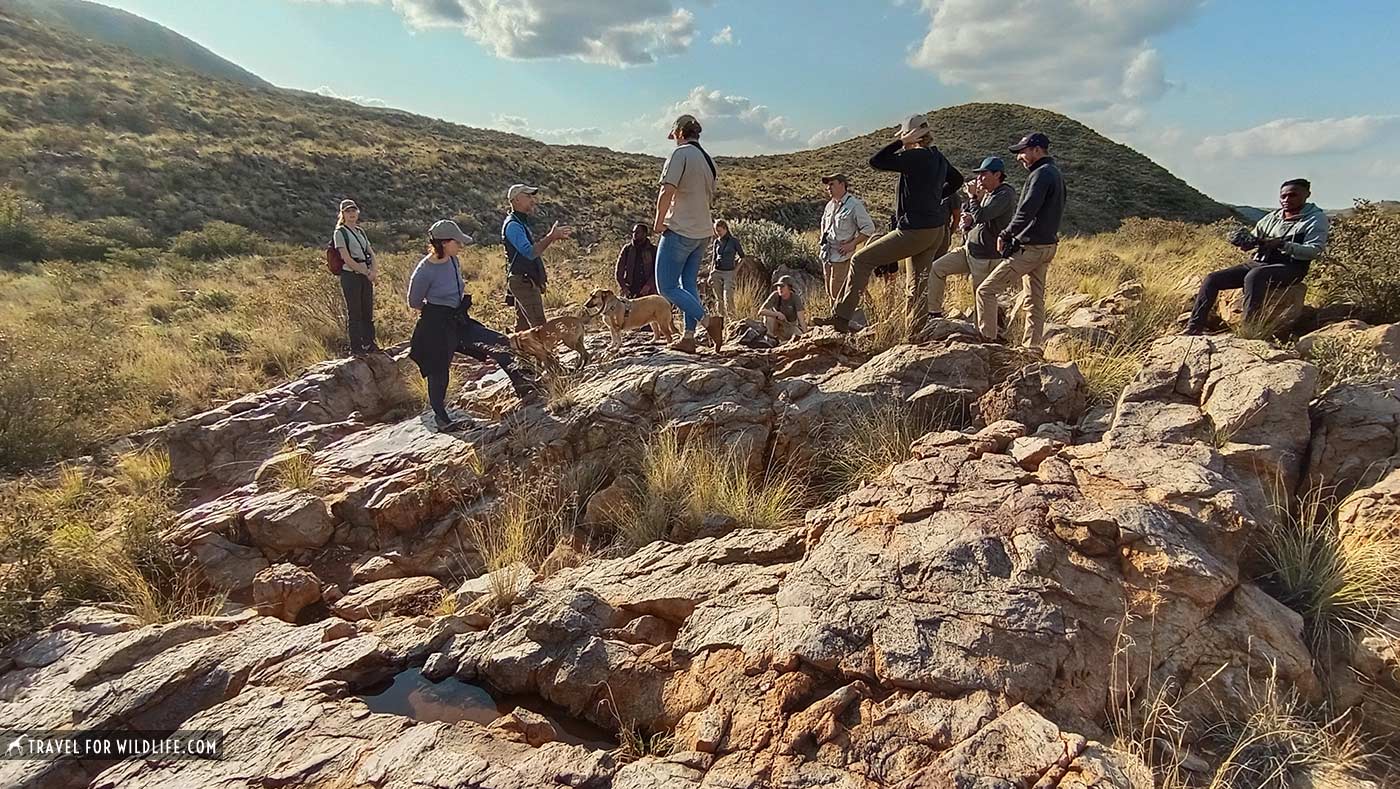
My plan went off without a hitch. Now I was standing in the red sand beside my 13 fellow students of the UCT Conservation Biology class, watching the very animal I most wanted to see. Our intrepid professor, Dr. Robert Thomson, was a member of the Kalahari Endangered Ecosystem Project (KEEP), supported by Suzuki SA and the Tswalu Foundation. This meant we had access to a small fleet of Suzuki 4×4’s to carry out our field work in the reserve.
For months I had been driving a bright blue Suzuki S-Presso rental and had fallen in love with it. Now I was on the hunt for a 4×4 for the research phase of my degree. The Vitara I drove today was surprisingly adept on the deeply rutted sandy dunes and made my list. I hoped to try the new Jimny next (plastered with colorful Kalahari animal decals) but Robert kept hogging it.
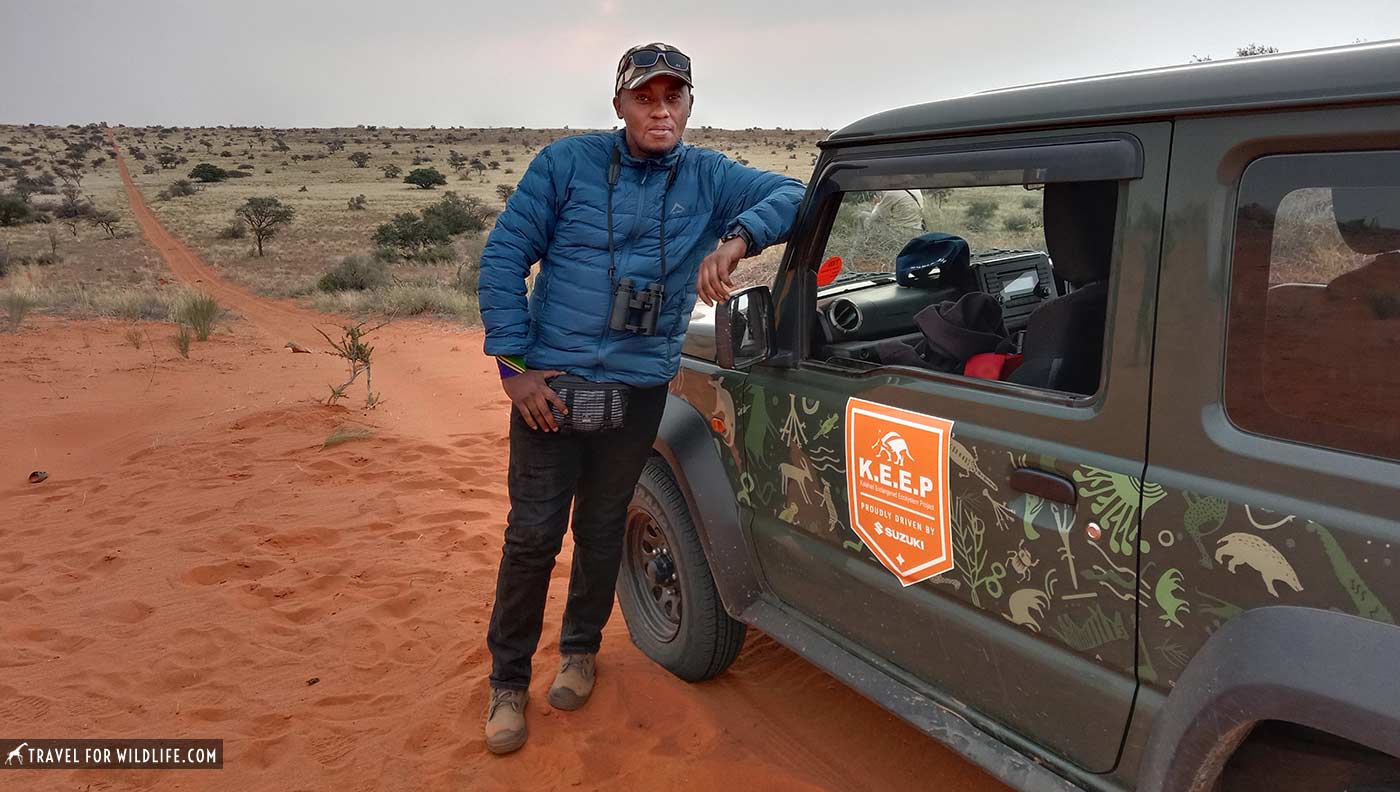
We peered quietly over vehicles and out of windows and she seemed utterly unfazed by our presence. (Aardvarks are not sexually dimorphic so I’ve chosen a pronoun at random here.)
The strange features settled upon me one by one: the long jack-rabbit ears, the stocky body with a big round rear end, the course hairs tinged a deep rusty red. She was larger than a Labrador retriever but could dig herself under the ground in under ten minutes if she wanted. Then she lifted her head to reveal her most endearing trademark: a long anteater-like snout with a perfect pig nose plastered to the end.
The name aardvark directly translates from Afrikaans as “earth pig” after all. I was so entranced that I almost forgot the true objective of our visit. Then a large mass in a distant camelthorn tree brought me back.
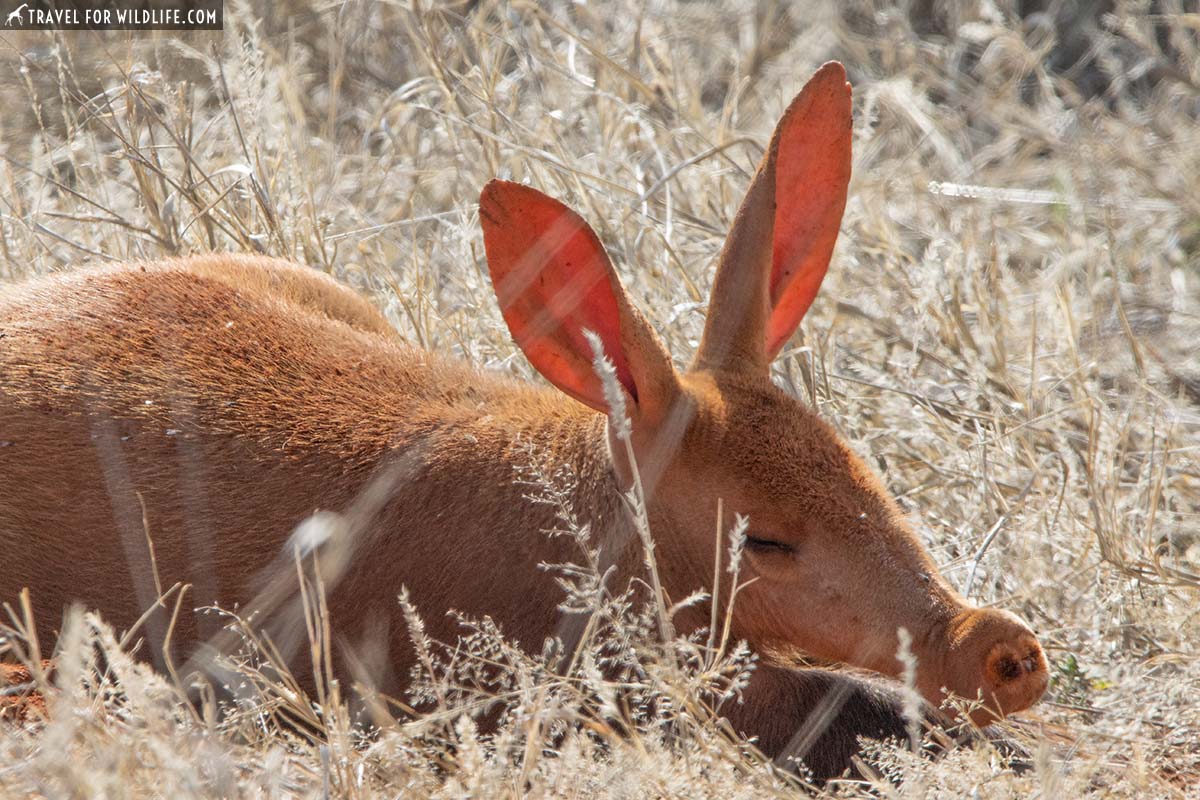
We were assisting the Kalahari Endangered Ecosystem Project in their study of sociable weavers and looking at how their massive colonial nests impact other species. Some of these nest structures housed hundreds of birds and were far larger than the S-Presso I’d been driving. We would be measuring insect abundance and diversity beneath trees with and without nests and examining signs of potential costs to the camelthorns that hosted these prolific builders.
Prior research was already finding sociable weaver nest trees to be biodiversity hotspots in the Kalahari, providing refuge and resources to skinks and snakes, many species of birds from acacia pied barbets to spotted eagle-owls, and a diversity of mammals from mongoose to cheetah (who used them as a viewing perch). Large antelope sheltered in the deep shade of nests and even giraffes spent more time snacking on the tree’s nutritious pods. This earned sociable weavers the title of ecosystem engineers.
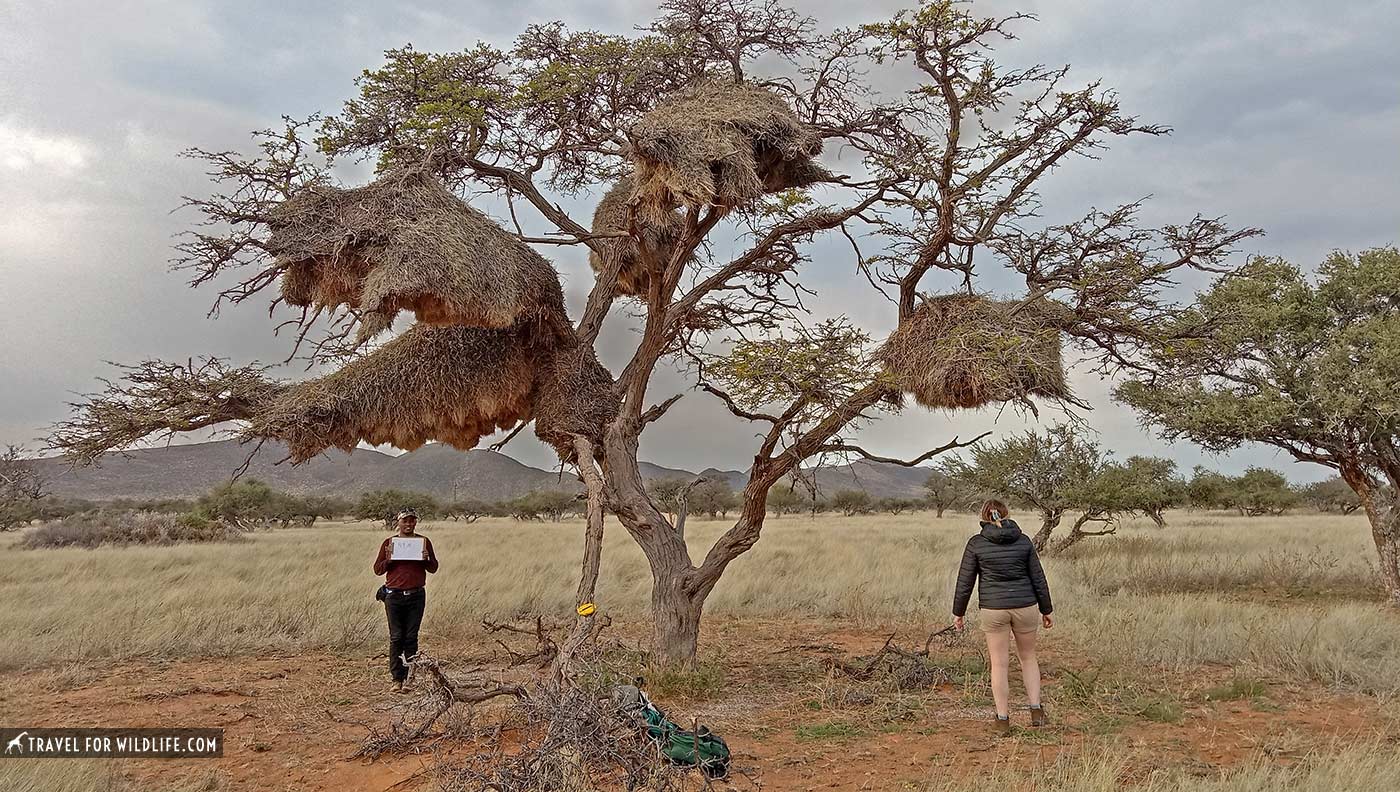
But Robert was the kind of professor who let us absorb, enjoy, and appreciate our surroundings. He allowed us to play tourist while we were learning to be scientists. It was moments like this that helped us remember why we were doing it.
The aardvark lounged peacefully for six minutes, an eternity in aardvark-watching time, just twenty meters from the sandy track where we parked. Finally, she stood, walked, and dove into the entrance of her burrow. To our surprise, she didn’t settle in for a nap. Instead, clots of red sand began to launch from the opening. She was demonstrating the creed of the aardvark: live to dig, dig to live.
We were witnessing another ecosystem engineer in action, a prolific burrower who created homes and habitat for so many other species. I smiled to myself and hoped that one day my own scientific work could be as influential on the lives of Kalahari creatures as were the sociable weaver and the aardvark.
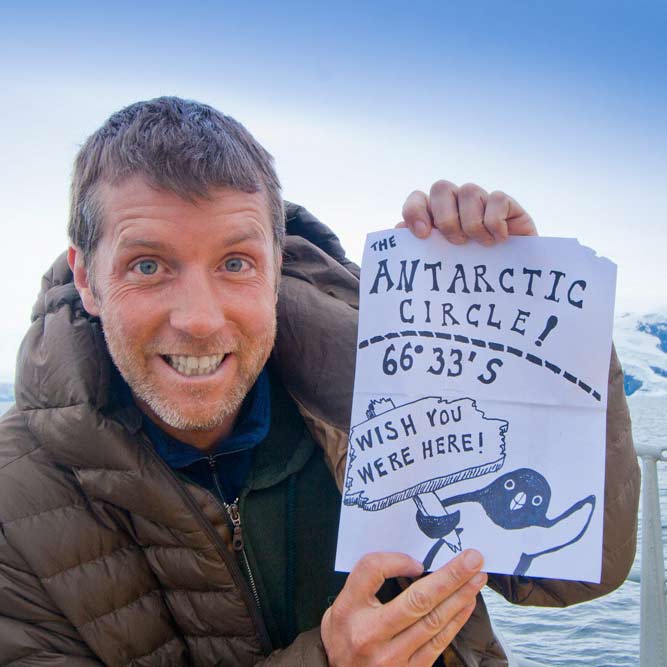
Hal Brindley
Brindley is an American conservation biologist, wildlife photographer, filmmaker, writer, and illustrator living in Asheville, NC. He studied black-footed cats in Namibia for his master’s research, has traveled to all seven continents, and loves native plant gardening. See more of his work at Travel for Wildlife, Truly Wild, Our Wild Yard, & Naturalist Studio.

Simon Pierce
Saturday 3rd of September 2022
This is brilliant and hilarious. Hope you're having an amazing time in SA!
Hal Brindley
Sunday 4th of September 2022
Ha! Thanks Simon! Glad you enjoyed it. It has been a challenge in South Africa. Can't believe I went back to school. What was I thinking?! Just finished exams so the fun part starts now: field work on black-footed cats! Hope you're doing well, Hal